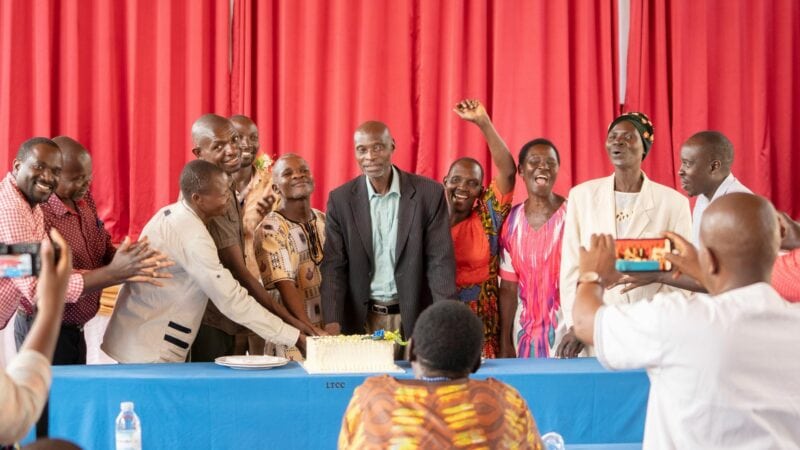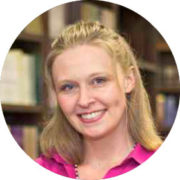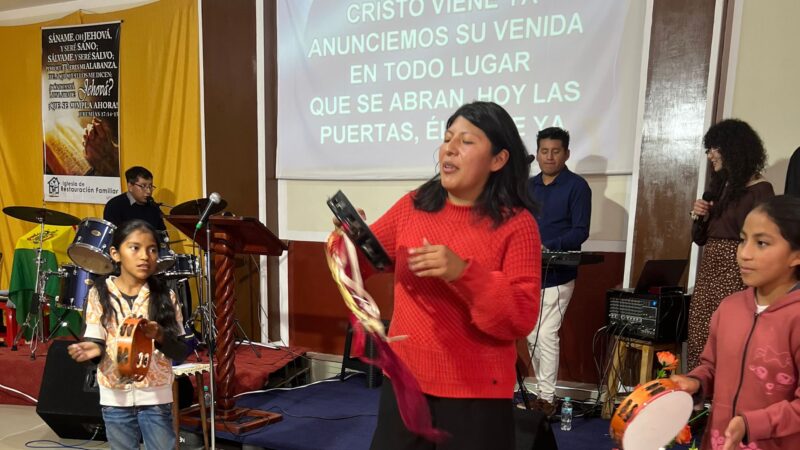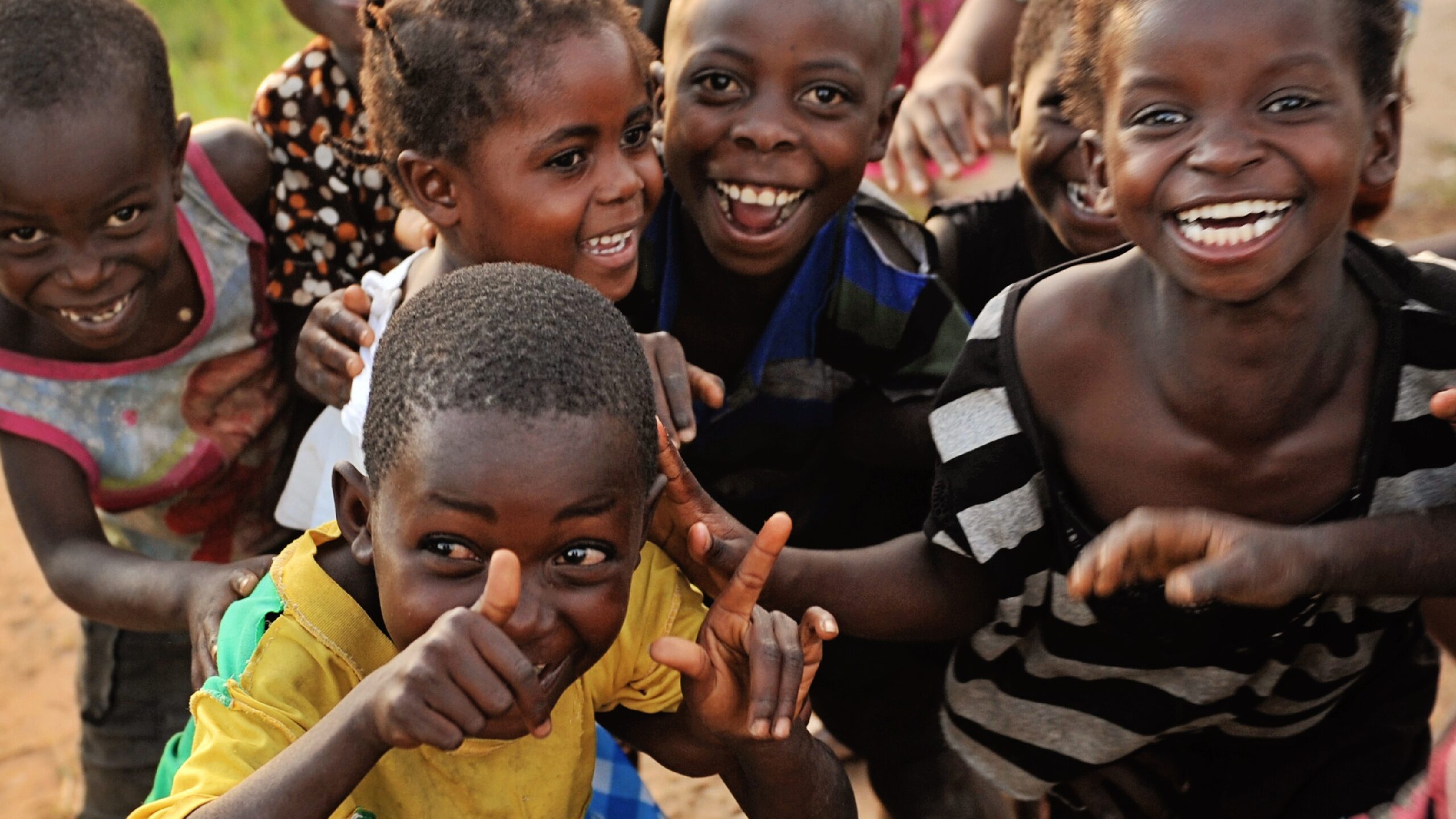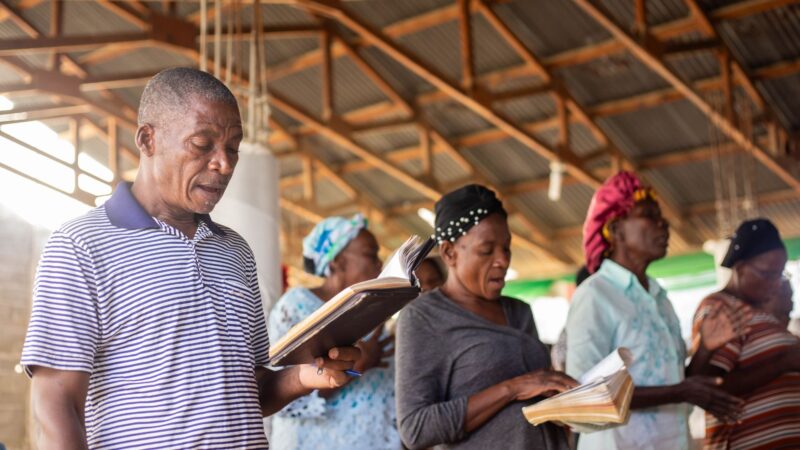You and I want to help the world’s poorest communities leave hunger, fear and isolation. To do that, struggling families need a reliable way to put food on the table, pay for their children’s education, connect to a church community to grow their faith and find a path out of poverty. The problem is that generational cycles of poverty are hard to break.
At Bright Hope, we have a proven plan to help people stuck living on $2 a day to increase their incomes, escape extreme poverty and discover eternal hope in Jesus Christ—our Bright Hope Model.
While many organizations share a general desire to help the poor, Bright Hope employs a unique strategic model to achieve this goal. To explain how it works, let’s look at how our model helped put the community of Jinja, Uganda on the path to sustainability.
Step 1: Invite, Listen, and Investigate
During step 1, the evaluation period, Bright Hope identified 25 Bible-believing churches in Jinja as potential partners. Five leaders from each church were invited as we conduct a nine-month Bible-based workshop focused on developing leadership skills, as well as the hearts of the leaders to mobilize and motivate their communities.
The workshops in Jinja included:
- Advocacy and outreach to orphans and vulnerable children (OVC)
- Learning about the mission and vision of the local church
- Servant leadership and ministry to the vulnerable
- Alternative childcare framework
- Child protection policies introducing law enforcement guidance to stop criminal activities in their communities
- Biblical trauma healing training
- Asset-Based Community Development – discovering how God is already working
After the nine-month training period, we encouraged the churches in Jinja to start seed projects putting into practice the knowledge they gained in training. By the end of step one, we recognized that several churches had the desire and drive to transform Jinja. We had also gained a greater understanding of where God was already at work in the community and what assets the community could bring to the table.
Step 2: Formulate, Execute, and Evaluate
When three churches in Jinja moved to step two, we worked with pastors and community leaders to formulate a three-year development plan. Over the first three years, excitement built, and lives started to tangibly improve. Celebrations of baptisms, people moving out of run-down homes, children graduating from school and the vulnerable being protected, fed, and clothed. Only with God’s help can such great things happen. Here are a few of the accomplishments in Jinja:
- Clean Water and Hygiene Instruction: The youth installed seven water tanks and church leaders in Jinja created a solid sanitation system.
- Stay in School Campaign: This successful campaign included a radio show and reached 1,295 kids.
- Health Clinics: The clinics provided hundreds of patients with free medical treatment.
- Biblical Parenting Training: Hundreds of parents learned about meeting children’s emotional needs, setting boundaries, how to form a secure attachment and more.
- Father’s Clubs: These clubs equip dads to care for their kids’ physical, emotional and spiritual needs, love their wives, develop their farms, and serve their community.
Step 3: The Path to Sustainable Communities
Recently, two of our church partners in Jinja “graduated” from needing our ongoing financial support. Now, they’re on their way to supporting their outreach programs on their own. We celebrated this graduation, trusting God to continue transforming Jinja through His church.
The End of the Story
When we started working in Jinja, moms, dads, children and church members felt trapped in dire poverty. Parents skipped meals so their children could eat. Domestic violence was rising. Some moms even lost their lives during childbirth leaving their newborns orphaned. Jinja desperately needed the light of the gospel and a path toward hope.
Through our Bright Hope Model, we invited the people to deepen their relationship with Christ and repair broken relationships. They received training and started building small businesses such as planting profitable crops. They learned how to harness their God-given skills to benefit the community, responsibly manage their money and much, much more. As a result, the church members in Jinja were equipped to transform their community and address the multi-faceted reasons for poverty.
We have a reason to celebrate! Two of our church partners in Jinja no longer need our financial support to sustain their programs. The poorest in Uganda are courageously walking out of extreme poverty, trusting God to lead them every step.
Your Part in Building Community
Bright Hope’s Transformation Model works by equipping churches in extremely impoverished communities to build financial and spiritual sustainability so they can keep helping their communities long term. While our model looks a little different in each community where we work, the foundation is the same.
You can take part in this transformational work among the extreme poor in Uganda, Bolivia, Kenya, Haiti and Zambia! Please consider giving monthly to share ongoing hope with poor families across the globe. Even $10 or $20 dollars a month can make a huge difference. Partner with Bright Hope today.

